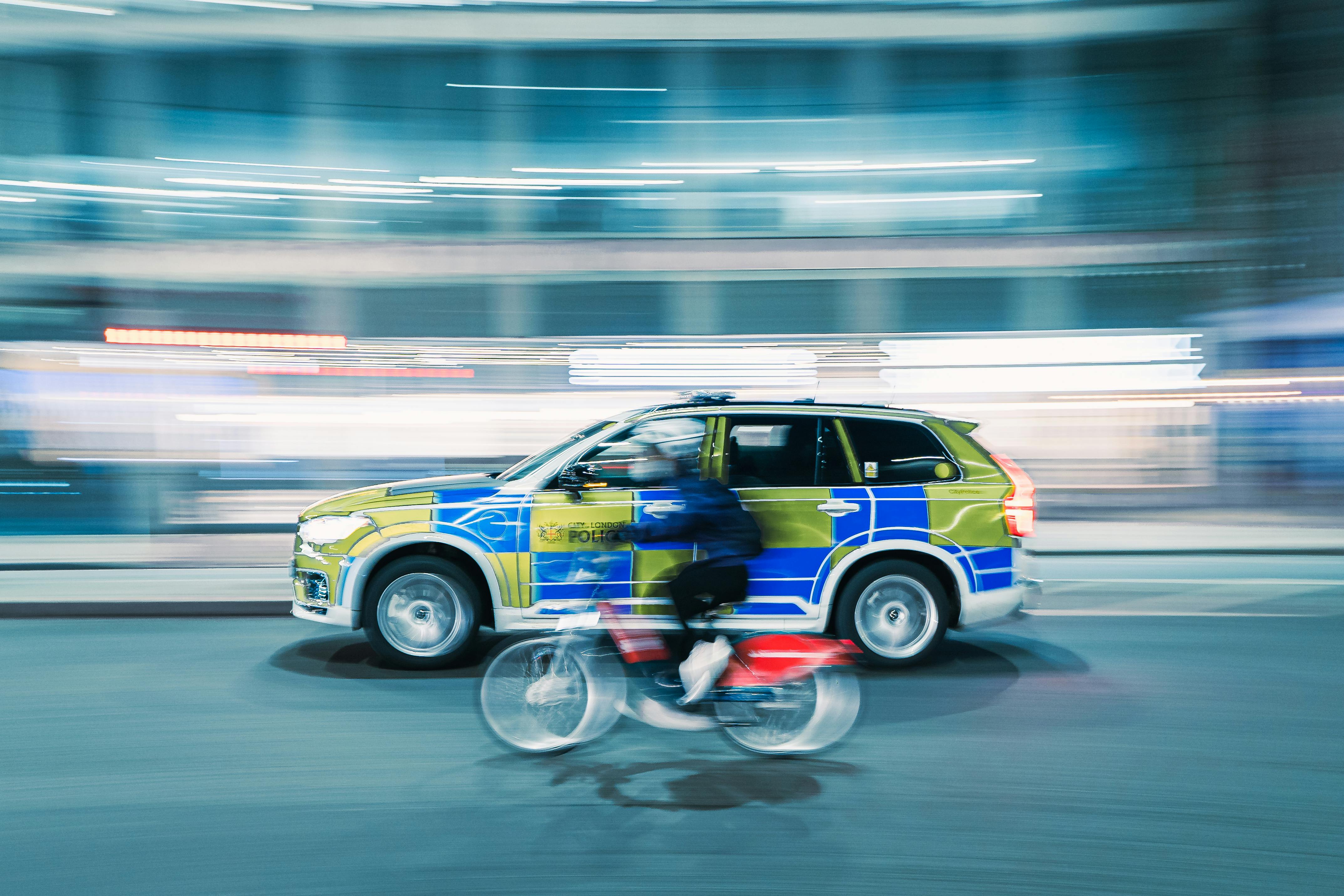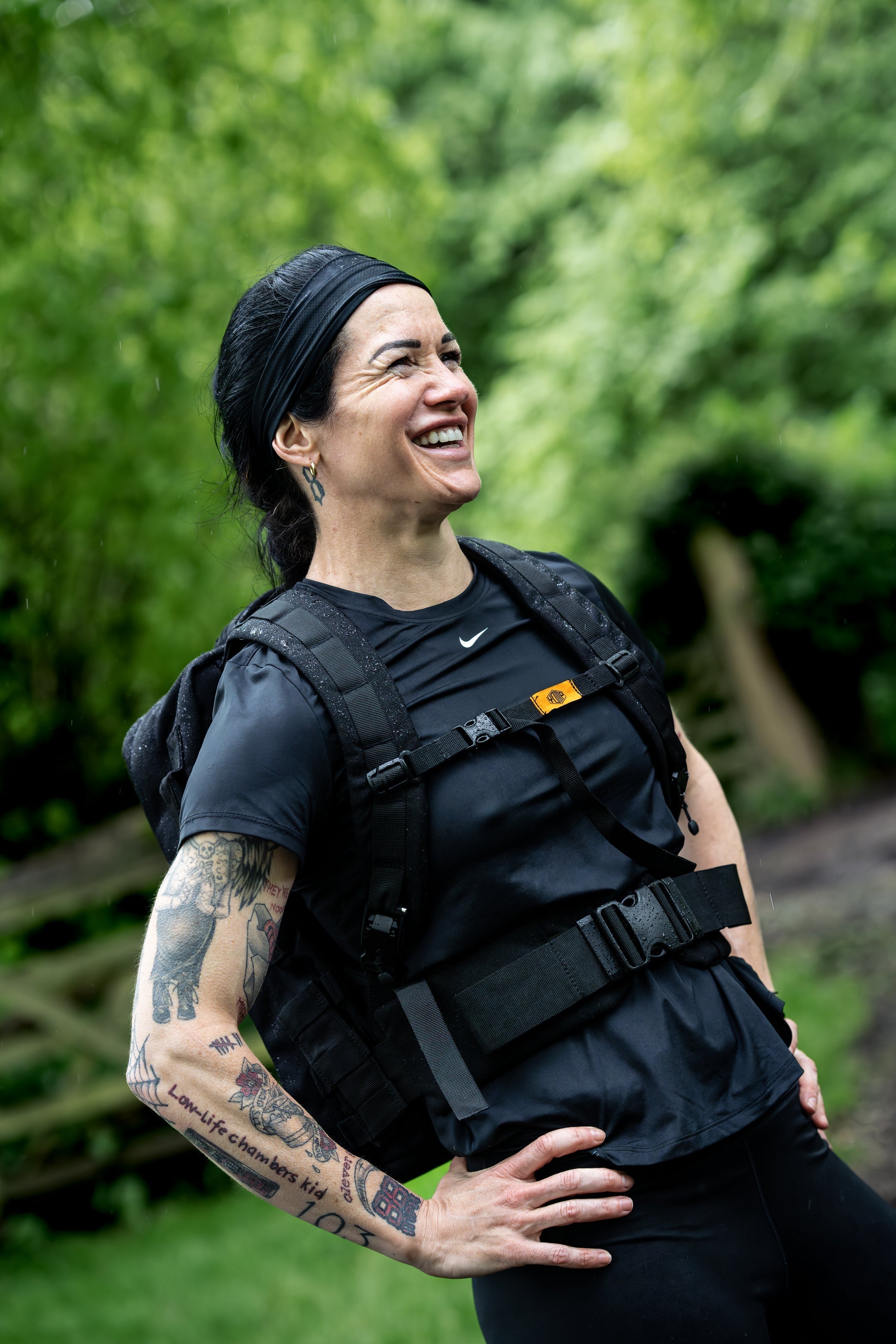Fit for Duty: Why Strength Under Load Still Matters

It’s one thing to be fit. It’s another to be fit for duty.
Because the job doesn’t happen in shorts and trainers. It happens in kit - body armour, boots, breathing apparatus, medical bags, the weight of a shift that doesn’t care how many reps you did last week.
Across the Armed Forces and blue-light services, the story’s the same: fitness tests tell you who can pass, but the street, the fireground, and the hillside reveal who can actually perform. Fatigue, back pain, and overuse injuries still pull good people off the line - not because they’re lazy or unfit, but because their training never matched the weight of their work.
Training with load - done intelligently and progressively - isn’t about punishment or posturing. It’s about preparing the body for reality: carrying kit up stairs, dragging casualties, sprinting in uniform, and holding control when adrenaline and gravity both want to take over.
If your job demands strength under load, your training should too.
The Job vs. The Gym
Modern gym fitness measures numbers - pace, VO₂ max, PBs. But operational fitness measures resilience: the ability to move well, recover fast, and still perform after hours in kit.
When you add 10–20 kg of gear, everything changes.
Your centre of mass shifts, breathing tightens, stride shortens, and energy cost climbs fast - about 10–12 % for every 10 kg carried, according to Dstl and University of Exeter research.
That’s why general fitness isn’t always job fitness. The body has to adapt to the specific loads and movements the job demands - the stairs, the gradients, the awkward carries, the heat, the fatigue.
The Real-World Fitness Gap
Every service sees the same pattern:
-
Police who can run a bleep test but gas out under armour.
-
Firefighters with cardio to spare but legs that fail on the fourth flight in BA kit.
-
Paramedics strong in the gym but broken by stairs and carry bags.
-
Recruits who train for running, then fracture under load.
They’re not out of shape - they’re out of sync with the job.
Tests measure aerobic fitness; the job measures load tolerance. The difference between those two costs millions in injury downtime every year.
Why Training with Weight Works
Training with load, done right, does three big things:
-
Teaches movement efficiency – You learn to walk, climb, and sprint with your gear as part of you, not against you.
-
Builds resilience – Strengthens stabilisers, joints, and posture so the job’s repetitive strain doesn’t wear you down.
-
Improves energy control – You pace, breathe, and move smarter under fatigue - a direct transfer to operational endurance.
The key isn’t heavier. It’s smarter: gradual, deliberate exposure to realistic load.
How to Train Smart, Not Hard
Start light, build slow.
Begin around 10–15 % of your bodyweight for 20–30 minutes on flat ground.
Increase 1–2 kg or 5 minutes weekly.
Vary terrain.
Include grass, pavement, gentle hills, and stairs — your body needs variety to adapt.
Mix symmetry.
Alternate even loads (rucks or weighted vests) with uneven ones (suitcase carries, sandbags).
Form before fatigue.
If your stride shortens or posture collapses, reduce the load. Adaptation needs quality.
Two loaded sessions per week is plenty - you’re after readiness, not ruin.
Role-Specific Applications
Each service faces unique physical demands - and rucking, tailored properly, can support all of them.
🚓 Police
Reality: 8–20 kg of vest, belt, and kit carried for hours, interspersed with sudden bursts of speed.
Train for: Asymmetrical load, grip, posture endurance, short accelerations.
Key drills: Farmers carries, sled drags, anti-rotation core work.
Ruck integration: 20–30 min loaded walks (8–12 kg) on mixed surfaces; focus on posture and stride control.
Why it works: Conditions the back, hips, and shoulders for kit fatigue without overdoing distance.
🚒 Fire & Rescue
Reality: BA sets, hoses, ladders - heat, vertical movement, heavy breathing.
Train for: Leg strength, stair economy, posture endurance, casualty drags.
Key drills: Step-downs, stair intervals, sled or sandbag pulls.
Ruck integration: Weighted-vest or pack walks (12–16 kg) with gradients or stairs, 30–40 min steady pace.
Why it works: Builds tolerance for incident-length exertion and simulates BA fatigue safely.
🚑 Paramedics / Ambulance Crews
Reality: Repeated awkward lifts, team carries, stairs, long shifts.
Train for: Core stability, asymmetrical control, grip, stair endurance.
Key drills: Suitcase carries, loaded step-ups, anti-rotation core, sled pushes.
Ruck integration: Light asymmetric rucks (6–10 kg) on stairs or inclines, 20–25 min.
Why it works: Improves control under awkward loads and conditions the body for the uneven strain of patient handling.
Military & Reservists
Reality: Load carriage defines success.
Train for: Gradient economy, endurance under load, joint tolerance.
Key drills: Lunges, single-leg strength, loaded hill climbs, core stability.
Ruck integration: Progressive 8–25 kg rucks, mix gradients and terrain.
Why it works: Directly conditions the same systems used on deployment or selection.
The Real Return on Investment
When you train for the weight of your work, you:
-
Move better and hurt less in kit.
-
Last longer on shift.
-
Recover faster between incidents.
-
Stay operational for more years.
That’s not abstract — it’s the difference between feeling wrecked after every shift and finishing strong. Rucking, done right, isn’t macho nonsense. It’s the simplest, most scalable way to train the body to carry the load it already faces daily.
Fit for Duty: A Shift in Culture
We need to stop separating “fitness” from “function.”
You don’t have to yomp for miles — but if your role involves carrying, climbing, or dragging, some form of load training belongs in your week.
If you’re on the job:
-
Train for the way you move, not the way you test.
-
Load progressively, not suddenly.
-
Think long-term resilience, not short-term exhaustion.
Because when the alarm sounds, your body won’t care about your PB.
It’ll care whether it’s ready for the job.
And being fit for duty means exactly that — ready for what your duty demands.

References
-
Dstl (2021) Physiological Demands of Load Carriage in Tactical Populations
-
University of Exeter (2019) Energetic Cost of Load and Gradient
-
National Fire Chiefs Council (2022) Operational Fitness and Injury Prevention
-
Home Office (2020) Police Service Sickness Absence Review
-
Orr & Pope (2014) Load Carriage Injury Surveillance in Military Populations



